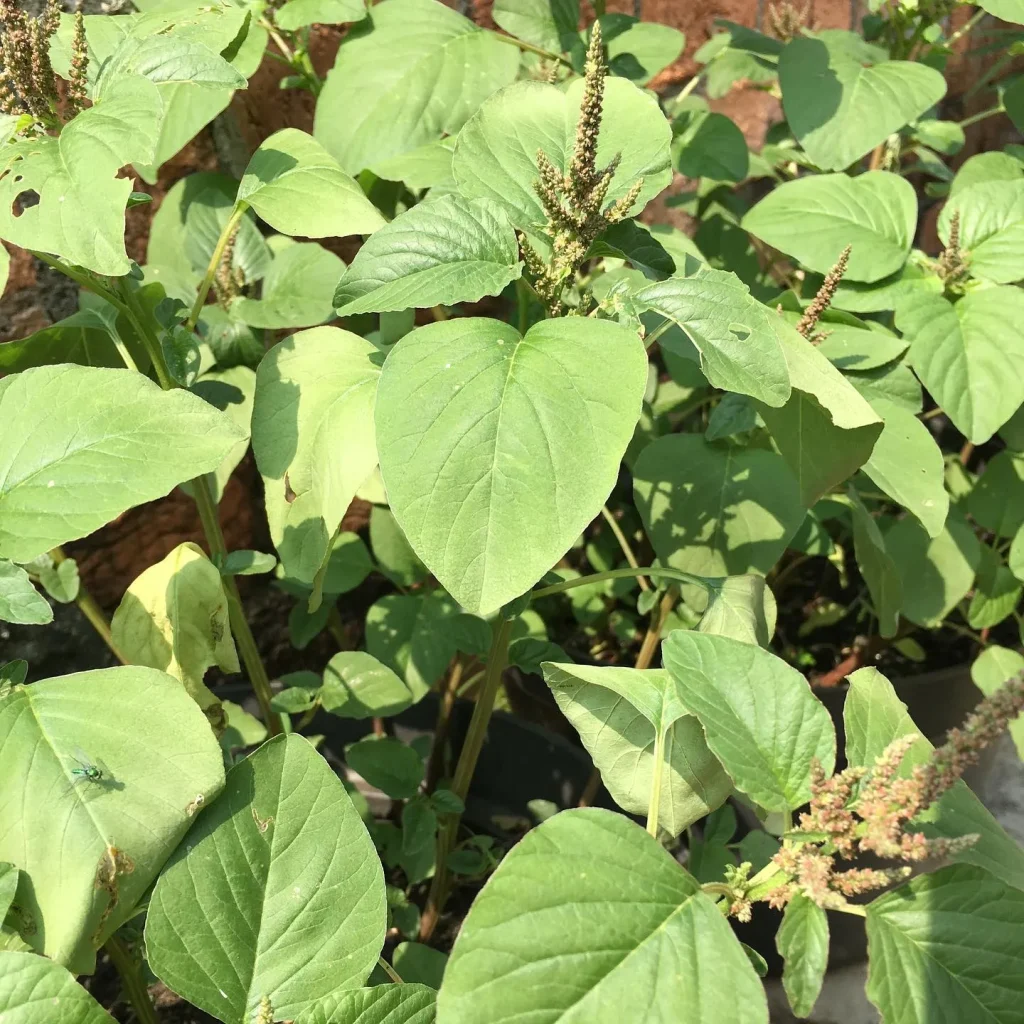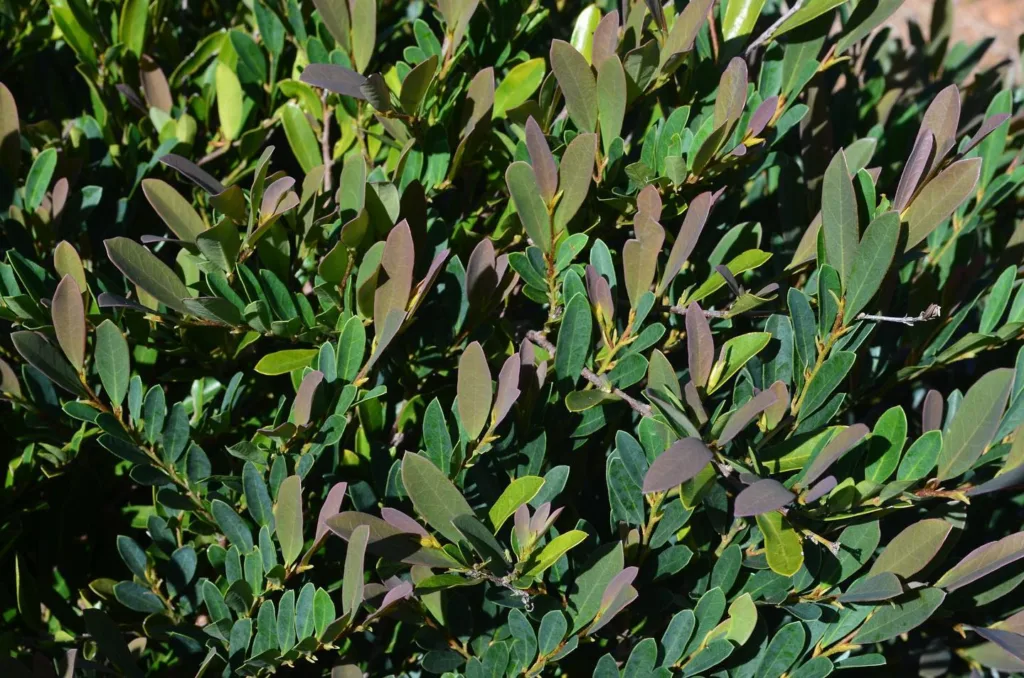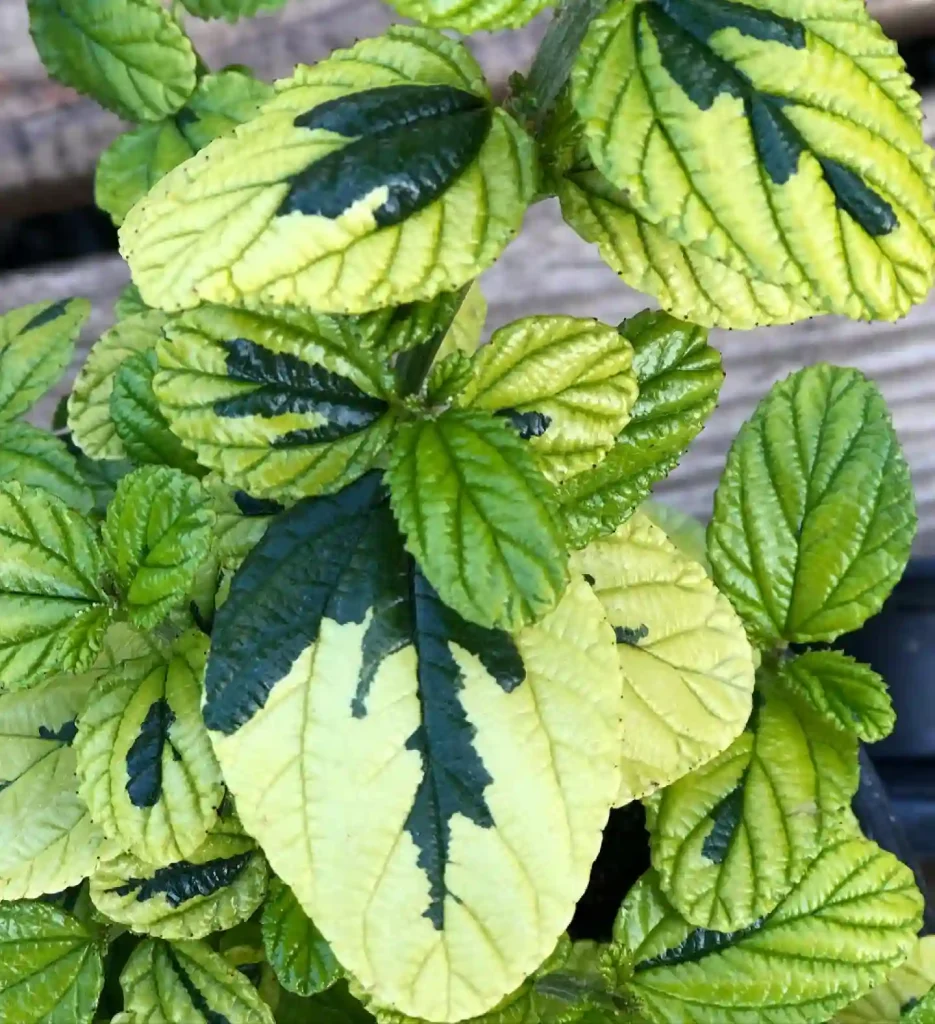
FAQs About Haworthia Cymbiformis
If you’re diving into the world of succulents, Haworthia Cymbiformis is likely on your radar. This charming plant, known for its distinctive translucent leaves, is a fantastic choice for both novice and seasoned gardeners. Here’s everything you need to know about caring for and propagating this unique succulent.
59 Species in Genus Haworthia
What Is Haworthia Cymbiformis?
Haworthia Cymbiformis, also known as the “Cathedral Window” plant, is a small succulent native to South Africa. It’s renowned for its fleshy, green leaves that form a rosette. The leaves are often semi-transparent and have a unique window-like appearance, which is how it got its nickname. This plant is perfect for those who appreciate low-maintenance, eye-catching houseplants.
How to Care for Haworthia Cymbiformis?
Caring for Haworthia Cymbiformis is relatively straightforward. Here’s a breakdown of what you need to do:
- Light: This succulent thrives in bright, indirect light. It can tolerate some direct sunlight but too much can cause leaf burn. A south or east-facing window is ideal.
- Water: Allow the soil to dry out completely between waterings. Overwatering is a common mistake, so it’s better to err on the side of dryness. During the winter months, reduce watering even further.
- Soil: Use well-draining soil, such as a cactus or succulent mix. Adding perlite or sand can improve drainage.
- Temperature: Haworthia Cymbiformis prefers temperatures between 60-80°F (15-27°C). It’s sensitive to frost, so keep it indoors during colder months.
Can You Grow Haworthia Cymbiformis from Flower?
Growing Haworthia Cymbiformis from flowers is not the standard method of propagation. The plant’s flowers are small and don’t typically produce seeds in sufficient quantities to be viable for propagation. Instead, it’s more common to propagate Haworthia Cymbiformis from offsets or leaf cuttings.
How to Propagate Haworthia Cymbiformis?
Propagation is one of the most exciting aspects of growing succulents. Here’s how you can propagate Haworthia Cymbiformis:
- Offsets: This is the most common method. Offsets are small plantlets that grow at the base of the main plant. Gently separate the offsets from the parent plant and plant them in a new pot with well-draining soil.
- Leaf Cuttings: Although less common for this species, you can try leaf cuttings. Carefully remove a healthy leaf from the plant, let it callous over for a few days, and then place it on well-draining soil. Keep the soil lightly moist until roots develop.
When Does Haworthia Cymbiformis Flower?
Haworthia Cymbiformis typically flowers in late winter to early spring. The flowers are small, white, or pale pink and grow on tall, slender stems. While the blooms are not particularly showy, they add an interesting touch to the plant’s lifecycle.
Haworthia Cymbiformis vs. Cooperi
Comparing Haworthia Cymbiformis to Haworthia Cooperi can be tricky as they are both charming succulents with their own unique traits. Here’s a quick comparison:
- Haworthia Cymbiformis: Known for its translucent, window-like leaves and compact rosette shape. It has a more structured appearance with well-defined leaves.
- Haworthia Cooperi: This plant has more rounded, less structured leaves that can appear in clusters. Its leaves are often more transparent and glossy compared to Cymbiformis.
Haworthia Cymbiformis vs. Haworthia Planifolia
When comparing Haworthia Cymbiformis to Haworthia Planifolia, you’ll notice:
- Haworthia Cymbiformis: Features thicker, more triangular leaves with a window-like appearance. The rosette is compact and neatly arranged.
- Haworthia Planifolia: This variety has flatter, broader leaves with less pronounced translucency. The rosette tends to be less compact and more spread out compared to Cymbiformis.
What to Plant With Haworthia Cymbiformis?
Haworthia Cymbiformis pairs well with other succulents and cacti that have similar care requirements. Consider mixing it with:
- Echeveria: Their rosette shapes and similar care needs complement Haworthia Cymbiformis beautifully.
- Sedum: Varieties like Sedum Burrito or Sedum Morganianum add texture and contrast to your succulent garden.
Is Haworthia Cymbiformis Toxic?
Haworthia Cymbiformis is non-toxic to humans and pets. It’s a safe choice for households with curious animals or children.
Benefits of Growing Haworthia Cymbiformis
Growing Haworthia Cymbiformis offers several benefits:
- Low Maintenance: It requires minimal care, making it ideal for busy individuals or those new to gardening.
- Aesthetic Appeal: Its unique leaf structure adds a distinctive look to any plant collection.
- Air Purification: Like many succulents, it can help improve indoor air quality by absorbing pollutants.
Common Problems with Haworthia Cymbiformis
While generally hardy, Haworthia Cymbiformis can encounter a few issues:
- Overwatering: This is the most common problem, leading to root rot. Always ensure the soil is completely dry before watering.
- Pests: Watch out for mealybugs and spider mites. Regularly inspect your plant and treat any infestations promptly.
In conclusion, Haworthia Cymbiformis is a delightful and low-maintenance succulent that can thrive with the right care. By understanding its needs and how to propagate it, you can enjoy this unique plant’s beauty and benefits in your home.
If i die, water my plants!



